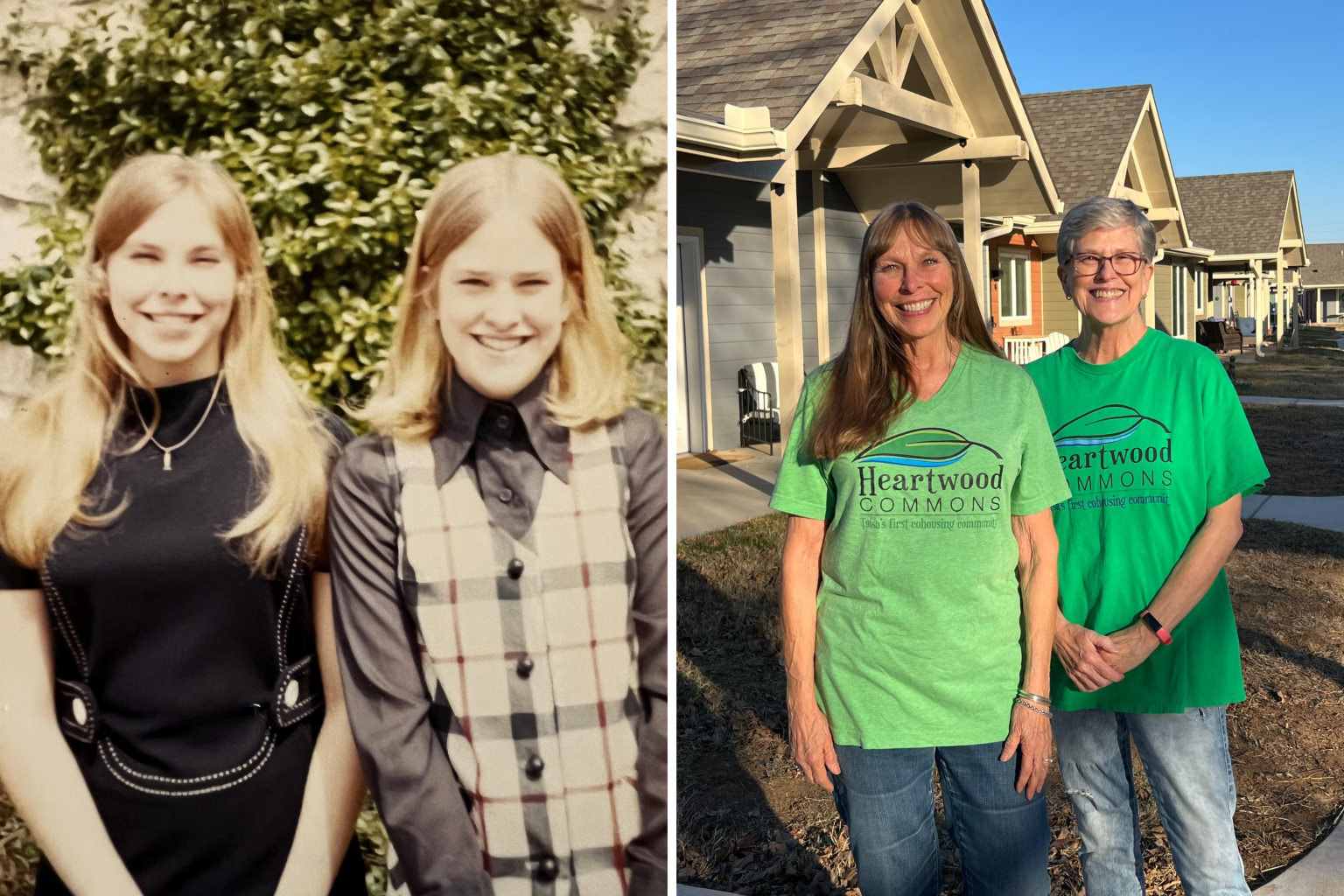The story of Jill and Marcy Clements exemplifies a growing trend towards cohousing, a living arrangement that fosters community and mutual support, particularly appealing to older adults. Having grown up together in Oklahoma, the sisters’ paths diverged in adulthood, with Jill spending four decades in California pursuing a career in social work. However, the isolation of the pandemic prompted a desire for connection and a return to Tulsa. Fortuitously, Marcy had already settled into Heartwood Commons, a nascent cohousing community. The timing proved perfect, and Jill joined her sister, cementing their reunion and embarking on a new chapter in a shared living environment.
Cohousing, a concept originating in Denmark, prioritizes community interaction while maintaining individual privacy. Residents have their own homes but share common spaces like kitchens, gardens, and recreational areas, fostering a sense of belonging and mutual assistance. This model resonated deeply with Jill, who was seeking an alternative to traditional housing options. After an extensive search involving 32 properties, Heartwood Commons, with its emphasis on shared living and communal activities, provided the ideal solution. The appeal was immediate, and Jill readily embraced the prospect of joining her sister in this innovative and supportive environment.
The sisters’ independent spirits, fostered by their mother’s emphasis on self-sufficiency, are reflected in their life choices. Both pursued careers and remained child-free, decisions that often lead to concerns about support in later life. Cohousing addresses this concern directly by creating a built-in network of support. While Marcy acknowledges past experiences of loneliness, the cohousing community provides a safety net, a place where residents can rely on each other for assistance and companionship. This shared responsibility allays the anxieties often associated with aging without children, offering a sense of security and belonging.
Heartwood Commons thrives on the active participation of its residents, who collectively manage the community and contribute their skills and talents. This self-governing structure empowers members to shape their living environment and engage in shared activities. Marcy, with her extensive artistic background, has contributed her skills by painting doorframes, while Jill has taken on leadership roles within the homeowners’ association. This active participation fosters a sense of ownership and responsibility, ensuring the community reflects the needs and desires of its residents. The democratic nature of decision-making, where every voice is heard and considered, further strengthens the bonds within the community.
The practical benefits of cohousing extend beyond social interaction. In times of need, such as illness or recovery from surgery, the community rallies to support its members. Assistance with daily tasks, like dog walking or installing mobility aids, provides tangible support and reinforces the sense of interconnectedness. This spirit of mutual aid alleviates the burdens of individual challenges and underscores the value of communal living. The Clements sisters experienced firsthand the benefits of this supportive network, further reinforcing their belief in the cohousing model.
The shared meals, group activities, and casual interactions woven into the fabric of Heartwood Commons create a vibrant and supportive community. This active and engaged lifestyle combats the isolation that can accompany aging and promotes a sense of purpose and belonging. For the Clements sisters, the return to Oklahoma and the embrace of cohousing represent a deliberate choice to prioritize community, connection, and mutual support in their later years. Their story reflects a broader trend towards seeking alternatives to traditional housing, emphasizing the importance of social interaction and shared responsibility in creating a fulfilling and secure environment for aging.

